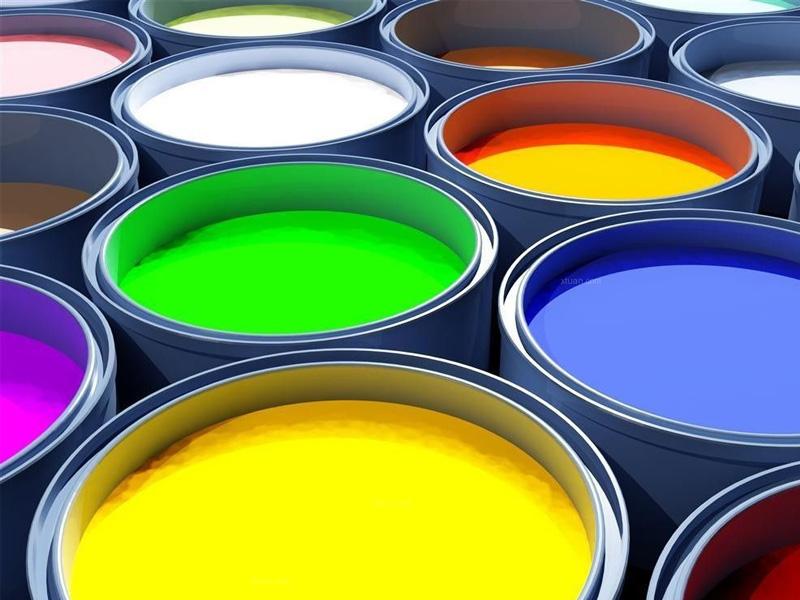Definition of paint
Coating is a general term for materials that are applied to the surface of objects and can form a tough protective film. It used to be called “paint”. Since the 20th century, due to the rapid development of various synthetic resins, coating materials formulated with them as main ingredients are more broadly referred to as “paints”.
The development of petrochemical and organic synthesis industries has provided new sources of raw materials for the coating industry, making many new coatings no longer use vegetable oils. Therefore, the term “paint” seems not appropriate enough, and the new term “coating” is used instead. Therefore, coating can be defined in this way. Coating is a substance that can be coated on the surface of an object using a specific construction method, and can form a continuous coating film after curing, and can play a protective and decorative role on the coated object through the coating film.

The role of paint
Human beings have been using paint since ancient times. The ancient Egyptians used paint on mummy boxes. From ancient times to the present, Chinese lacquerware has become famous all over the world. Since entering modern civilized society, the application of coatings has become increasingly widespread. Generally speaking, the functions of coatings are roughly summarized as follows.
(1) Protection against long-term exposure of metal, wood and other materials It will be corroded by moisture, gas, microorganisms, and ultraviolet rays in the air, and coating it with plastic can extend its service life. Because the coating film can prevent material wear and isolate harmful influences from the outside world, for metals, some coatings can also act as corrosion inhibitors, such as phosphating primers that can oxidize the metal surface. If a steel bridge is not protected by paint, its lifespan is only a few years. However, if it is protected by paint and properly maintained, it can have a lifespan of more than a hundred years.
(2) Decorative function for houses, furniture and daily necessities Applying paint makes people feel beautiful. Machinery and equipment are coated with hammer paint, which not only looks beautiful, but can also be frequently scrubbed and polished with water or varnishing grease.
(3) Color Marking Currently, paint is used for marking Color has gradually become standardized internationally. Containers of various chemicals and dangerous goods can be marked with paint colors; various pipelines and mechanical equipment can also be marked with paints of various colors; road markings and transportation can also be marked with paints of different colors to indicate warnings and dangers , stop, go forward and other signals.
(4) Special Purpose This area of use is becoming increasingly common. When the bottom of a ship is decomposed by marine organisms, it will affect the sailing speed. Using antifouling paint on the bottom of the ship can stop the decomposition of marine organisms; conductive paint can remove static electricity, while paint with high resistance can be used for heating and insulation purposes; space The plan requires paint that can absorb or reflect radiation. The paint on the missile shell can consume itself when it enters the atmosphere and can also dissipate the strong heat generated by friction, thus protecting the missile shell | Sound-absorbing paint can allow submarines to dive deeper depth.
Other functions In daily life, coatings are used on paper, plastic films, leather clothing, etc. to make them water-resistant and to make clothing anti-wrinkle.

 微信扫一扫打赏
微信扫一扫打赏

